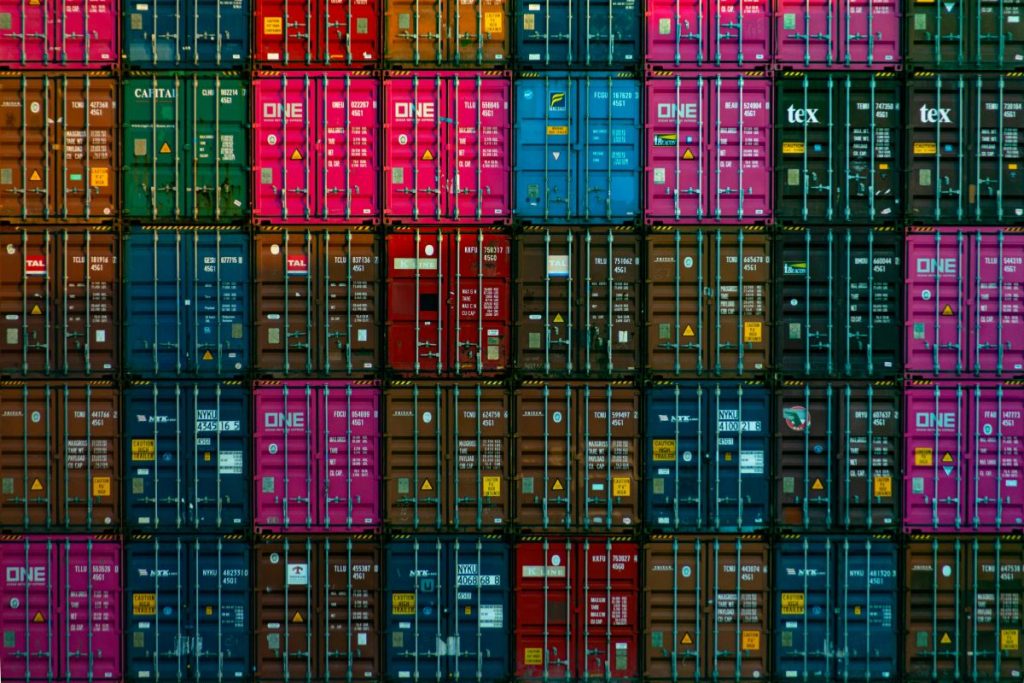Intermodal freight is reasserting its role as a critical pillar of modern supply chains. The sector’s 2024 recovery reflects deeper shifts in global trade dynamics, sustainability priorities, and logistics technology. As businesses look to build resilience while reducing costs and emissions, intermodal is emerging as a preferred solution for long-term supply chain stability.
After several years of volatility, the intermodal sector is experiencing a strong rebound, supported by shifting trade patterns and renewed investment in freight infrastructure. The combination of growing import demand, sustainability commitments, and technological improvements is driving a strategic realignment in freight transport. Intermodal networks are no longer just an alternative to trucking; they are becoming central to how companies balance cost, speed, and environmental responsibility. As logistics leaders adapt to these changes, the role of intermodal freight will continue to expand in ways that shape the future of supply chain efficiency.
The intermodal sector’s resurgence was largely fueled by a 13.9% rise in international container movements, reversing an 8.4% decline in 2023. This growth was underpinned by a 13% increase in U.S. containerized imports, reflecting heightened demand for foreign goods and evolving supply chain strategies. Domestic container shipments also contributed, climbing 5.4% in a robust domestic market.
While trailer originations continued to decline, the 16.1% drop in 2024 was less severe than the steep declines of the previous two years. This stabilization signals a shift toward containerized freight and improved trucking efficiencies. Regional disparities were evident, with the Southwest and Mexico leading growth at 19.1% and 18.9%, respectively, highlighting shifts in trade patterns and infrastructure investments.
E-commerce and Sustainability Drive Adoption
The ongoing e-commerce boom and corporate sustainability initiatives further bolstered intermodal freight. E-commerce growth, accelerated by the pandemic, underscored the need for flexible and cost-effective transportation solutions. Meanwhile, environmental concerns incentivized shippers to adopt intermodal freight, which offers lower carbon emissions compared to trucking.
Technological advancements also played a pivotal role, with digital platforms, automation, and data analytics enhancing efficiency and reliability. However, challenges persist, including a persistent driver shortage, the need for infrastructure investment, and the pressure to keep pace with rapid technological developments.
A Strategic Shift in Freight Planning
The resurgence of intermodal freight is more than just a rebound—it is a clear indicator of how supply chains are evolving in response to long-term economic and operational pressures. The industry is shifting from a reactive model, where intermodal was primarily used as a contingency plan for trucking disruptions, to a proactive strategy where it plays a foundational role in supply chain design.
This shift is being driven by more than just cost efficiency. Intermodal’s ability to integrate seamlessly with sustainability initiatives and digital freight networks is making it a priority for companies looking to future-proof their logistics operations. As AI-powered logistics platforms continue to refine route optimization and demand forecasting, intermodal is positioned to benefit from a new era of data-driven decision-making. The next phase of growth will hinge on continued infrastructure modernization and more adaptive, tech-enabled freight ecosystems, ensuring that intermodal remains a core component of supply chain resilience.



